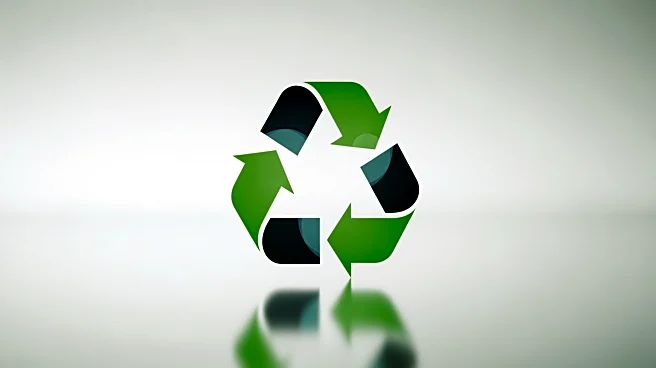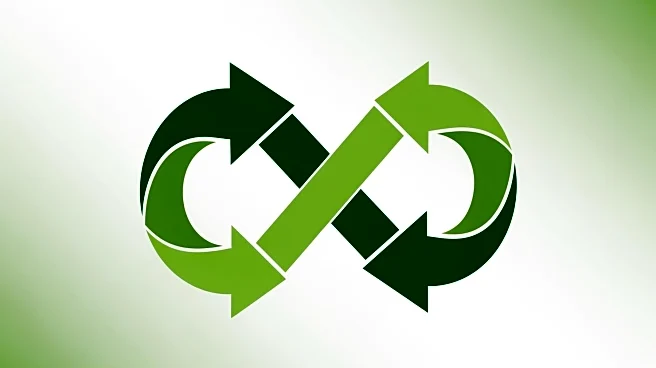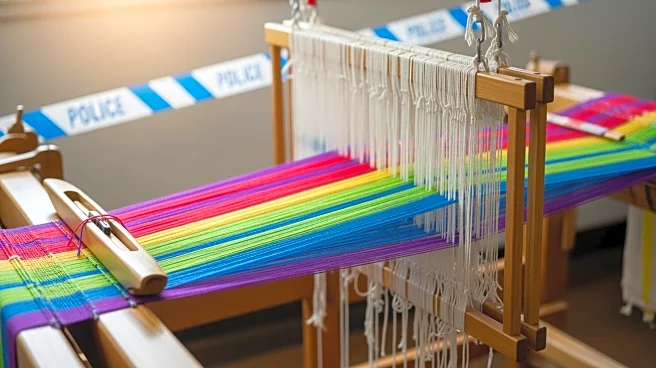What's Happening?
The fashion industry is undergoing a significant transformation as it increasingly adopts recycling initiatives to address its environmental impact. Historically, the industry has been criticized for its role
in overproduction and waste, but recent shifts in consumer expectations and regulatory pressures are driving change. Brands are now investing in recycling programs to manage textile waste, reduce reliance on virgin resources, and meet demands for transparency. Initiatives like H&M's Garment Collecting, Levi's Buy Back, and Patagonia's Worn Wear encourage consumers to return garments for recycling or resale, often offering store credits in return. This shift is largely driven by Millennials and Gen Z consumers who prioritize sustainability in their purchasing decisions.
Why It's Important?
The move towards recycling in fashion is crucial for several reasons. It addresses the industry's significant environmental footprint by reducing waste and conserving resources. As consumers increasingly demand sustainable products, brands that fail to adapt risk losing market share. Moreover, regulatory frameworks, such as the European Union's Circular Economy Action Plan, are setting stringent requirements for sustainability, pushing companies to innovate. Recycling not only helps brands comply with these regulations but also stabilizes supply chains by reducing dependence on volatile raw materials. This shift is also economically beneficial, as the global textile recycling market is projected to grow significantly, offering new revenue streams for companies.
What's Next?
The fashion industry is likely to see continued growth in recycling initiatives as brands seek to align with consumer values and regulatory demands. Advances in technology, such as AI sorting and biotechnological fiber regeneration, are expected to further enhance recycling capabilities. As the industry moves towards a circular model, where old garments are re-spun into new textiles, companies will need to invest in infrastructure and innovation to remain competitive. Additionally, the rise of resale and rental platforms will contribute to reducing waste and creating recurring revenue streams.
Beyond the Headlines
The shift towards recycling in fashion also has broader implications for brand identity and investor confidence. By strengthening their Environmental, Social, and Governance (ESG) credentials, brands can attract investors and secure long-term value. Technologies like blockchain-enabled traceability offer consumers transparency, building trust and differentiating brands in a crowded market. As recycling becomes a cornerstone of brand identity, it not only demonstrates corporate responsibility but also appeals to values-driven consumers.











